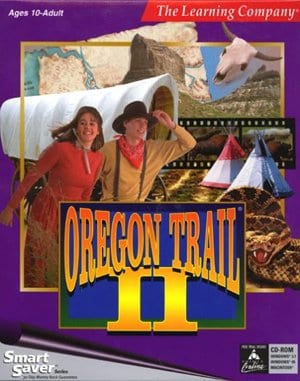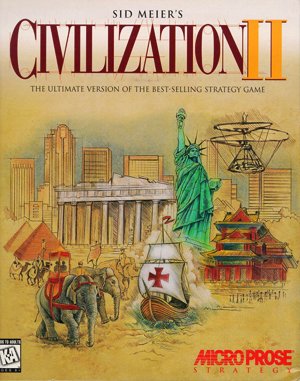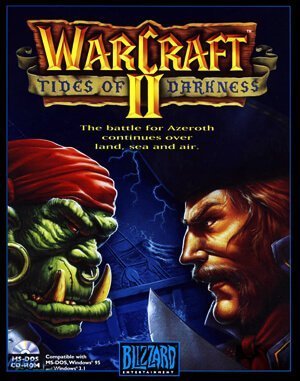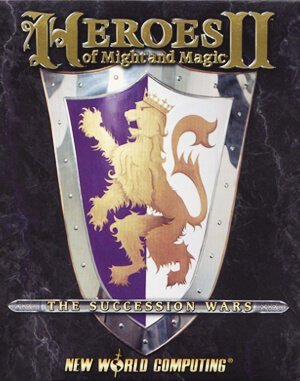Oregon Trail II
Oregon trail added multiple improvements to the gameplay of the previous installment, in both mechanics and tech.
- Game developer
- Game publisher
- Game published
- Game perspective
- Game theme
Oregon Trail II is a sequel to Oregon Trail. The game follows the basic structure of the predecessor, which is a simulation of traveling through towns and wilderness in the state of Oregon, with adventure-like gameplay elements and educational material. The sequel changes, enhances, and adds many gameplay features. Play Oregon Trail II online!
Oregon Trail II game description
In the beginning of the game players choose their name, occupation, level, date of travel, starting point and destination, as well as the type of wagon. The game also allows the player to create virtual companions for the journey, designating their number, names, and ages. As opposed to one year in the first game, the sequel allows the player to choose between twenty years of travel, from 1840 to 1860.
The player is able to choose an occupation for the protagonist, such as banker, doctor, gunsmith, carpenter, journalist, butcher, pastor, artist, and many others. Different occupations bestow various bonuses to the protagonist, and are equipped with passive skills, which will influence the rate of success during certain random events and activities. For example, a high medical skill will make it more likely that the protagonist recovers from a disease; sharpshooting skill contributes to the instant-kill rate when hunting animals, etc.
The game carried over the elements of disease, profession, and inventory management that were present in the earlier games.
The player could travel to various locations including:
- Sacramento, California
- Salt Lake City, Utah
- Willamette valley, Oregon
Each trip had a different route and obstacles to avoid, Sacramento for example, required you to cross a large desert, with little water, or animals for hunting, Some areas required the completetion of a rafting minigame in order to reach a settlement.
The trails would change depending on the time of year or date. Games occuring in the late 19th century, allowed you to use steamboats to cross rivers, and gave you access to bigger towns. In winter, hunting was harder to do, and rivers were frozen over.
The game retains the supply-managing, trading, sailing, and most other elements of its predecessor. There are more interactive events in the sequel, as the protagonist is able to consult other characters and react differently to some of the events that might occur during the journey.











